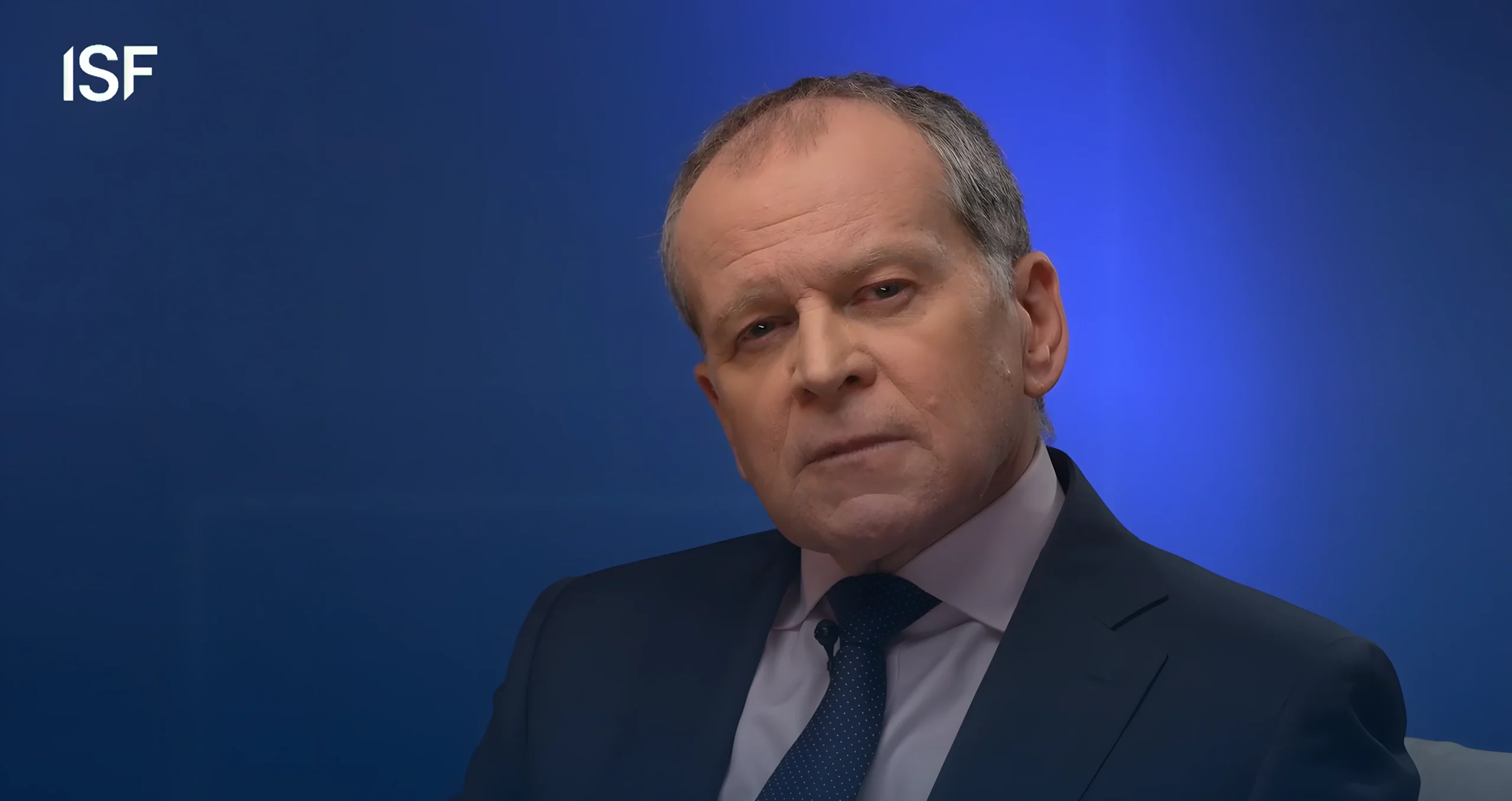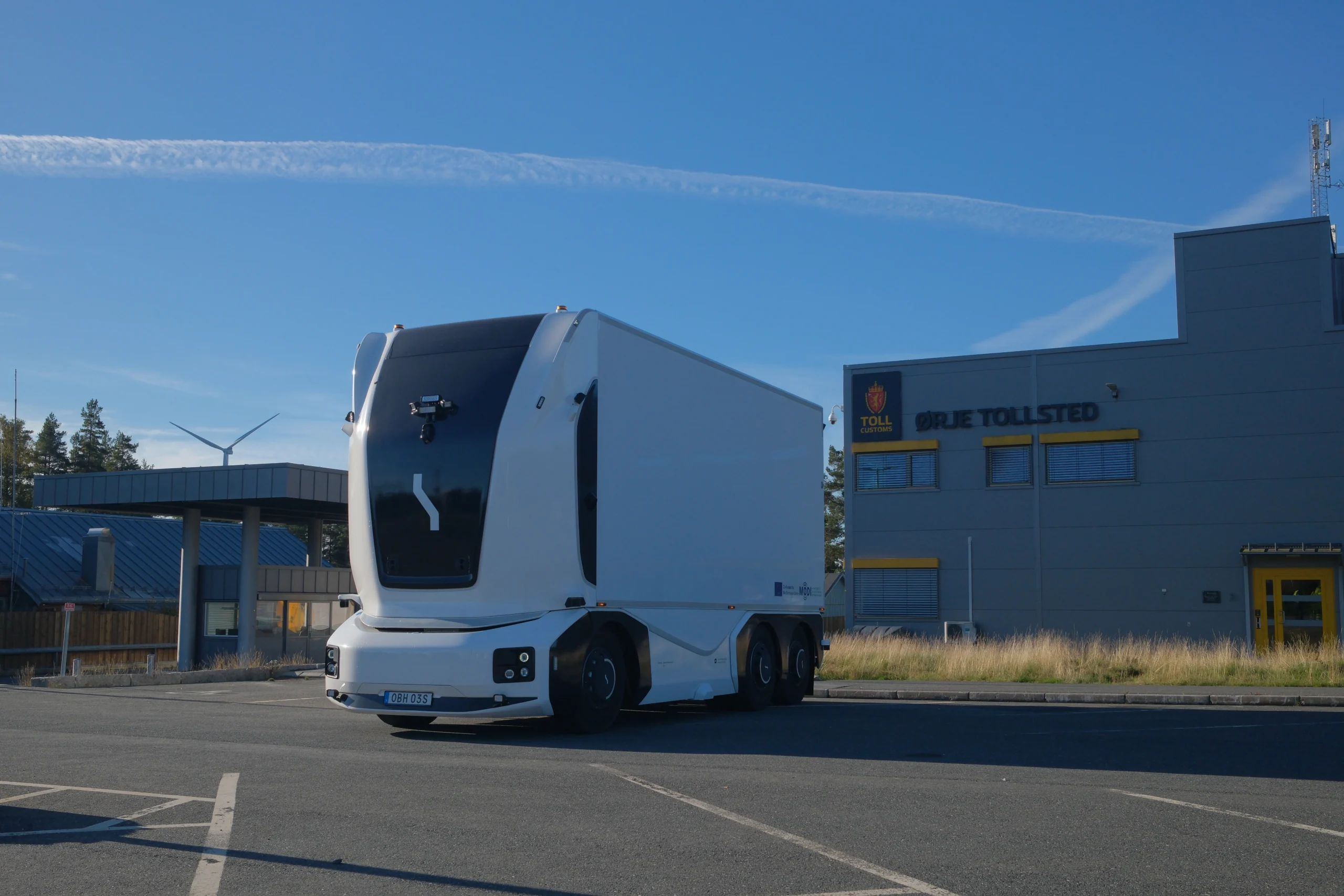Strategic consensus across the board

John E. Kaye
- Published
- Home, Technology

Selling your transformation project to key decision makers is all about robust planning, collaboration, and managing expectations, says specialist consultant Lyndsey Jones
Your business is likely to be going through continuous change as companies grapple with shifting consumer habits, new technologies and digital disruption. As a team leader in this environment, you may need to transform one or more departments. Perhaps you have to change business operations or working practices at a legacy company. Or you may be trying to change customer behaviour to embrace digitalisation. While you lead these types of projects, the path you take to delivering change is likely to be up to you and it can be daunting to know where to begin. Not only that, many of these types of projects fail and can come at a financial, reputational and human cost if you do not prepare.
One of the keys to success is having a robust plan to help you deliver change. For our book Going Digital, my co-author Balvinder Singh Powar and I spoke to about 50 managers and founders from startups and multinationals across a range of sectors, including media, utilities, consumer goods, technology and financial services. They all took a systematic approach to planning, giving them a higher probability of success by thinking ahead, setting objectives and having a vision of what they would like to achieve.
By using data to back up your way forward, and making a clear roadmap, you will be giving yourself a greater chance of delivering the project than if you left things to chance. A plan will help you to sell your idea to your colleagues, aiding their understanding of why the project is necessary and what it means for the business – and possibly their roles. A visible timescale of tasks, of what is to be achieved by when, will help to see whether the project is on track or not. Expectations and resources can be adjusted accordingly. Without a plan, you will not be able to review and you will not know whether you are on track.
Getting going
Your first step should be to identify the problem from the customer’s perspective and why solving it would add value to the business. This is a standard approach and one that all of the companies we spoke to took on a range of issues, placing the customer at the centre of their transformation.
Managers were typically attempting to work out what the problem was, such as Spanish utility Iberdrola switching 11 million people to smart meters, in order to drive change. This approach was also adopted by the Google Search engineering team when thinking about how to tackle a huge drop-off rate in terms of how people searched in global markets, as well as by the Lawn Tennis Association (the British governing body of the sport) when planning to standardise how 6,000 coaches contacted them to make it more integrated.
“The mantra we have is: fall in love with the problem,” says Mark Lillie, Global Technology Strategy and Transformation Leader at professional services company Deloitte. “Digital is ultimately about solving a problem, whether that is to make an audience’s life simpler, or their experience more efficient, more impactful, more enjoyable.”
A gap analysis can help you do this – and put the customer at the heart of transformation. We have consistently heard from our interviewees that the innovation they propose has to solve a problem for the client and meet their needs. If your project does not solve a real problem, what value can it bring? If it does not bring value, it will not be sustainable because customers will be unlikely to pay for it.
You could also use a template to lay out what you need to include in your plan, spelling out the key elements, the timeline and teams needed to help you. This will help you to collect data and create products and services that can make your planning more efficient.
You will need to frame your plan with data, which will enable you to sell the vision in presentations to get buy in. It is prudent to spend time on the data that your plan is based on, even if the board’s strategy is clear. It will give you a foundation to build on and enable you and your team to work better and be more likely to succeed. Keep it simple too. Do not over-complicate it. Your colleagues need to understand it, see where they fit in, what they will be required to do and why it is important for the business to change.
Data should be used in your plan to back up your decisions. With all of our interviewees, data is driving decision making, rather than managers acting on gut instinct as was more the case in the past.
Collaboration
Next, consider all the team dependencies – and who will help you solve the problem. The managers we spoke to collaborated with teams or key stakeholders across their organisations to create products or streamline operations. They not only considered what they were trying to solve and why, but also how quickly they were going to act and who would help them. You may need to work with your team and discuss what elements need to be included because it is unlikely that you will be able to achieve success on your own.
It is possible you will also need to collaborate with other departments. Make sure you have identified key stakeholders and gained their support because without it, you are more likely to encounter obstacles, rather than having a clear runway. You may only need one or two people in each department to start building champions for change and they may include people who are new to the role or organisation and are keen to progress in their careers. Identify who to contact and why, as well as individual needs within the project objectives in order to bring them together and personalise communications. In this way, you can successfully lobby key board members to achieve a vital outcome for the company.
Once you have worked out who to contact, you can move on to the next stage which is firming up commitments to be involved. You can map out the key stakeholders or team dependencies that you will need to win over before you implement your plan. This approach can also help you to break down your plan into smaller digestible pieces. It will not only help to clarify your thoughts to deconstruct the problem, but also visualise all the pieces that need to come together to make it work. Then you can attach people, skills, experiences, and even organisations if necessary.
As part of your planning process, it is important that you establish your mandate to make change happen. Even if you have been asked to lead a transformation project, you should be clear about your remit and how far it extends. This also means that while at the start you may have the support of senior leadership, which is key to your success as a change agent, you will need their backing to be continuous. You are likely to have to go back to senior champions many times to make your mandate clear because your status to carry out transformation can, and will, be challenged by other colleagues.
Prosci, a change management company, reported that in 2020 change leaders in 11 out of 11 studies identified effective executive sponsorship as the top contributor to success. Without senior management’s support, there is a risk of failure as you are likely to encounter hurdles and people will ask: why you? They may even fail to make the connection between what you are doing and the strategic vision of the board – i.e. personalise the project rather than seeing it as part of a company-wide initiative to change.

“Identify key stakeholders and gain their support“
Be flexible
As part of your plan, really think about how much transformation you can realistically achieve. While there may be pressure to deliver quickly, many of the change agents we spoke to told us the process can take a couple of years. Iberdrola took three years to plan their 11-year transformation project alone. Since the pandemic in 2020, companies no longer have the luxury of time to deliver transformation. You may now have to turn operations around rapidly as organisations battle to survive.
You will also need to consider how much authority you have to make decisions. Sometimes there can be a point where you need more mandate from senior leadership. If you are attempting to break down team silos, bringing in structural change and cultural shifts in your organisation, you can edge your way to successful delivery by being flexible. Your plan should not be too rigid. You are likely to have to adapt it as you go because delivering transformation involves forming different habits, changing working practices, and adopting new ways of thinking, sometimes at speed.
Innovation does not always run in a linear fashion, so be prepared for a possibly bumpy road: that may be a good mindset to start with. Some companies form a skeleton structure in order to adapt it to circumstances and respond to unexpected outcomes, which can prove the most valuable of lessons and may even take the business in a different direction. Having a structure can increase the likelihood of being successful because innovation is like an animal. It is very organic in the way it moves around all over the place.
“It is all about speed and getting going. You are never going to get perfection. If you seek perfection you will end up doing nothing because you can only do more research, more governance and more controls,” says Mark Lillie at Deloitte. Michael Davison, Deputy Chief Executive at global law firm Hogan Lovells, says: “You need to act on the light bulb moment, just do it rather than let it fade. If it takes six months to plan and implement, life has moved on.”
Also, products do not last as long. They used to last a company 10 years so you would not need to change work processes. Now, their lifecycle is much shorter with upgrades needed more frequently, which puts pressure on innovation to be fast because you might spend so much time and money on something that is ready in three years only for it to already be obsolete. But with your plan in place, you are more prepared for the way ahead and more likely to succeed.
ABOUT THE AUTHOR


Lyndsey Jones is a strategic consultant who was the driving force behind the digital transformation of the Financial Times. She is the lead author of
‘Going Digital’, which is co-written with Balvinder Singh Powar and published by Pearson, priced £17.99.
Sign up to The European Newsletter
RECENT ARTICLES
-
 Make boards legally liable for cyber attacks, security chief warns
Make boards legally liable for cyber attacks, security chief warns -
 AI innovation linked to a shrinking share of income for European workers
AI innovation linked to a shrinking share of income for European workers -
 Europe emphasises AI governance as North America moves faster towards autonomy, Digitate research shows
Europe emphasises AI governance as North America moves faster towards autonomy, Digitate research shows -
 Surgeons just changed medicine forever using hotel internet connection
Surgeons just changed medicine forever using hotel internet connection -
 Curium’s expansion into transformative therapy offers fresh hope against cancer
Curium’s expansion into transformative therapy offers fresh hope against cancer -
 What to consider before going all in on AI-driven email security
What to consider before going all in on AI-driven email security -
 GrayMatter Robotics opens 100,000-sq-ft AI robotics innovation centre in California
GrayMatter Robotics opens 100,000-sq-ft AI robotics innovation centre in California -
 The silent deal-killer: why cyber due diligence is non-negotiable in M&As
The silent deal-killer: why cyber due diligence is non-negotiable in M&As -
 South African students develop tech concept to tackle hunger using AI and blockchain
South African students develop tech concept to tackle hunger using AI and blockchain -
 Automation breakthrough reduces ambulance delays and saves NHS £800,000 a year
Automation breakthrough reduces ambulance delays and saves NHS £800,000 a year -
 ISF warns of a ‘corporate model’ of cybercrime as criminals outpace business defences
ISF warns of a ‘corporate model’ of cybercrime as criminals outpace business defences -
 New AI breakthrough promises to end ‘drift’ that costs the world trillions
New AI breakthrough promises to end ‘drift’ that costs the world trillions -
 Watch: driverless electric lorry makes history with world’s first border crossing
Watch: driverless electric lorry makes history with world’s first border crossing -
 UK and U.S unveil landmark tech pact with £250bn investment surge
UK and U.S unveil landmark tech pact with £250bn investment surge -
 International Cyber Expo to return to London with global focus on digital security
International Cyber Expo to return to London with global focus on digital security -
 Cybersecurity talent crunch drives double-digit pay rises as UK firms count cost of breaches
Cybersecurity talent crunch drives double-digit pay rises as UK firms count cost of breaches -
 Investors with €39bn AUM gather in Bologna to back Italy’s next tech leaders
Investors with €39bn AUM gather in Bologna to back Italy’s next tech leaders -
 Axians and Nokia expand partnership to strengthen communications infrastructure across EMEA
Axians and Nokia expand partnership to strengthen communications infrastructure across EMEA -
 Forterro buys Spain’s Inology to expand southern Europe footprint
Forterro buys Spain’s Inology to expand southern Europe footprint -
 Singapore student start-up wins $1m Hult Prize for education platform
Singapore student start-up wins $1m Hult Prize for education platform -
 UK businesses increase AI investment despite economic uncertainty, Barclays index finds
UK businesses increase AI investment despite economic uncertainty, Barclays index finds -
 Speed-driven email security: effective tactics for phishing mitigation
Speed-driven email security: effective tactics for phishing mitigation -
 Short circuit: humanoids go for gold at first 'Olympics for robots'
Short circuit: humanoids go for gold at first 'Olympics for robots' -
 New IBM–NASA AI aims to forecast solar flares before they knock out satellites or endanger astronauts
New IBM–NASA AI aims to forecast solar flares before they knock out satellites or endanger astronauts -
 AI is powering the most convincing scams you've ever seen
AI is powering the most convincing scams you've ever seen



























